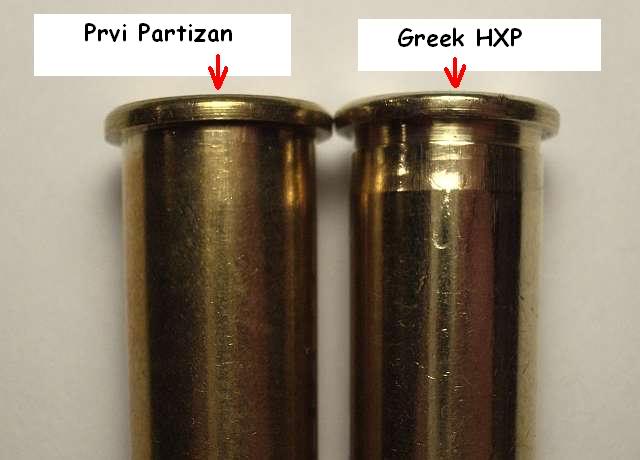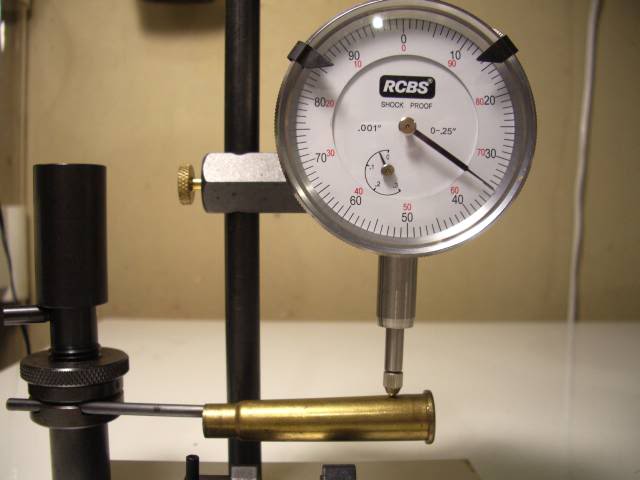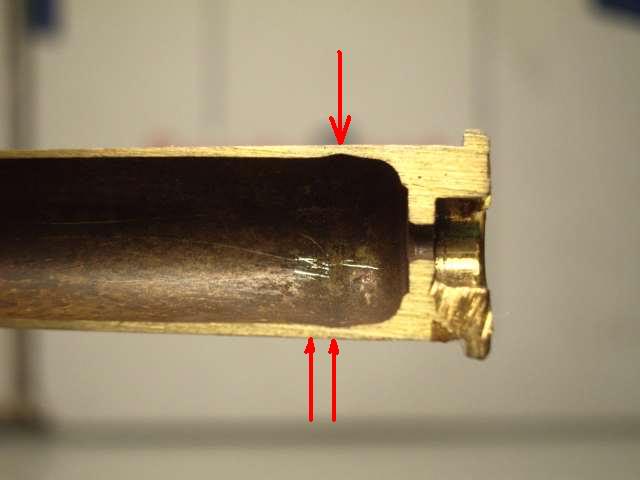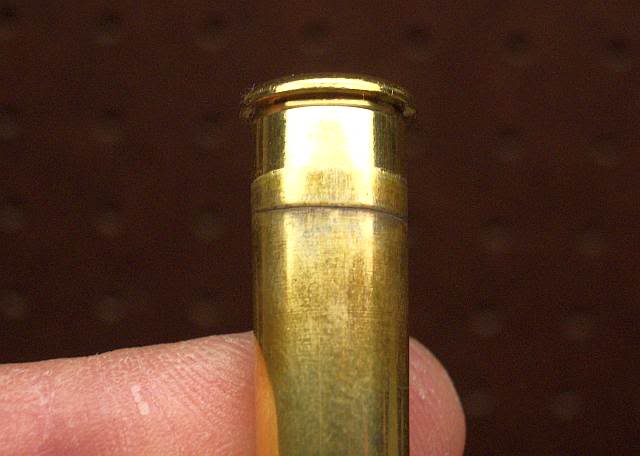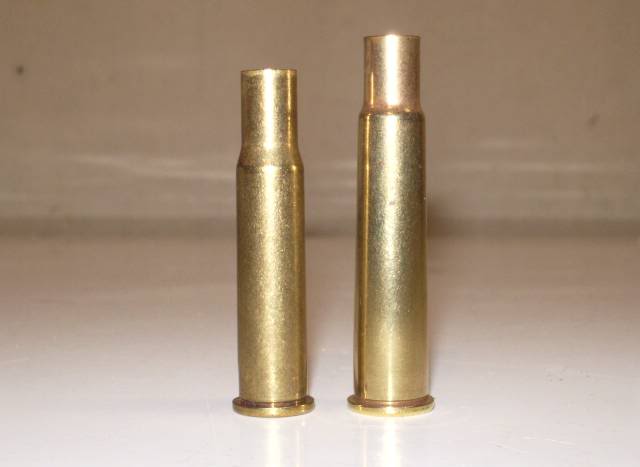Hello everyone,
I shot my No.4 in a CMPvintage rifle match on Saturday and I was using new reloads that I had worked up using new brass. I experienced multiple cases with visible splits about .125 to .250 above the rim and at least 3 complete head separations. My Enfield is fitted with a #3 bolt head. From my research on this forum I have concluded that I have excessive headspace issues. Will this require a gunsmith to fix or is there another solution? I know from reading a copy of a manual that was posted here that I have the largest bolt head already. I don't think switching to a lower numbered bolt head will fix this. Has anyone else had a similar problem like this?
Information

Warning: This is a relatively older thread
This discussion is older than 360 days. Some information contained in it may no longer be current.
- Knowledge Library

- MKL Entry of the Month
- Australia
- Austro-Hungarian Empire
- Canada
- Czechoslovakia
- Denmark
- Finland
- France/Belgium
- Germany
- Italy
- Japan
- Norway
- Russia
- South America
- Sweden
- Switzerland
- Turkey
- United Kingdom
- United States
- Yugoslavia
- Is my rifle authentic or a fake?
- Jay Currah's Lee Enfield Web Site
- On-line Service Records (Canada)
- Technical Articles/Research
- Forum
- Classifieds

- What's New?
-
Photo Gallery

- Photo Gallery Options
- Photo Gallery Home
- Search Photo Gallery List
-
Photo Gallery Search
- Video Club

- iTrader










 Register To Reply
Register To Reply

